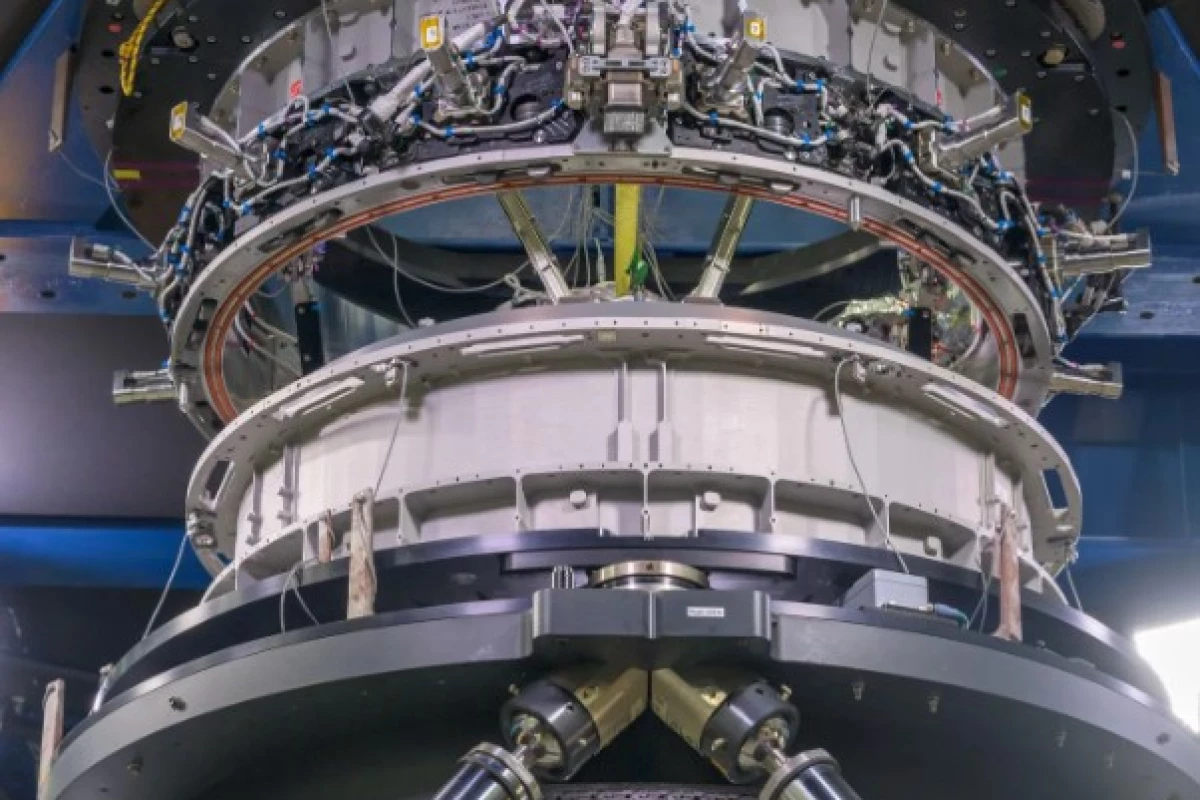Tackling one of the unsung but absolutely necessary tasks of Moon exploration, NASA and SpaceX are doing intensive testing of the docking mechanism that will be used to transfer astronauts from Artemis to the Starship Human Landing System (HLS).
Designing and building spacecraft requires attention to details that most people don't think about, such as how you get two vehicles to dock with one another. It's a very basic problem in order to move crew and cargo from one craft to another, but the answer can be elusive.
In fact, if you look at old sci-fi movies and predictive documentaries of the 1950s, it was common to see astronauts get out of one vehicle in spacesuits, then float over to another. If there was any docking to be done, the artists often showed astronauts hauling ships into place using ropes like they were their Earthside equivalents at a jetty.
Even the never-flown US Air Force's Manned Orbiting Laboratory program of the 1960s at one point had the astronauts transferring from their Gemini capsule to the lab via spacewalks.
Today, docking is a routine affair for both crewed and robotic craft, but with NASA dedicated to its Artemis program for establishing a permanent human presence on the Moon, docking technology has to evolve with the times. Specifically, a new mechanism is needed for astronauts to go from the Orion capsule to the HLS lander and back again beginning with the Artemis III mission
For this, NASA and SpaceX have developed a new docking mechanism based on the one now in use by the Dragon 2 capsule for docking with the International Space Station (ISS). This consists of two ring-like couplings that are installed in both spacecraft. They are nearly identical, but they can still attach and seal with one another. Once sealed, they can also pass power and data from one vehicle to the other.
The mechanism consists of two rings. An inner ring is used for a soft docking. During a docking maneuver, one spacecraft is the passive target and the other does the active docking. The active craft extends the soft capture ring on a series of six actuator struts. These allow the ring to be positioned to align with the passive capture mechanism without changing the attitude of the active ship.
When the soft capture rings touch, latches engage. The actuator struts line up the two craft and draw them together. Then the hard capture ring's latches engage and lock.
To make sure everything is working as planned, NASA and SpaceX have been running computer models and for 10 days at NASA’s Johnson Space Center in Houston, Texas practical tests were carried out. These involved over 200 possible docking scenarios at different angles and speeds using full-sized versions of the docking mechanism.
So far, NASA says the mechanism has passed and is on its way to formal certification in the run-up to the launch of Artemis III in 2026.
Source: NASA





